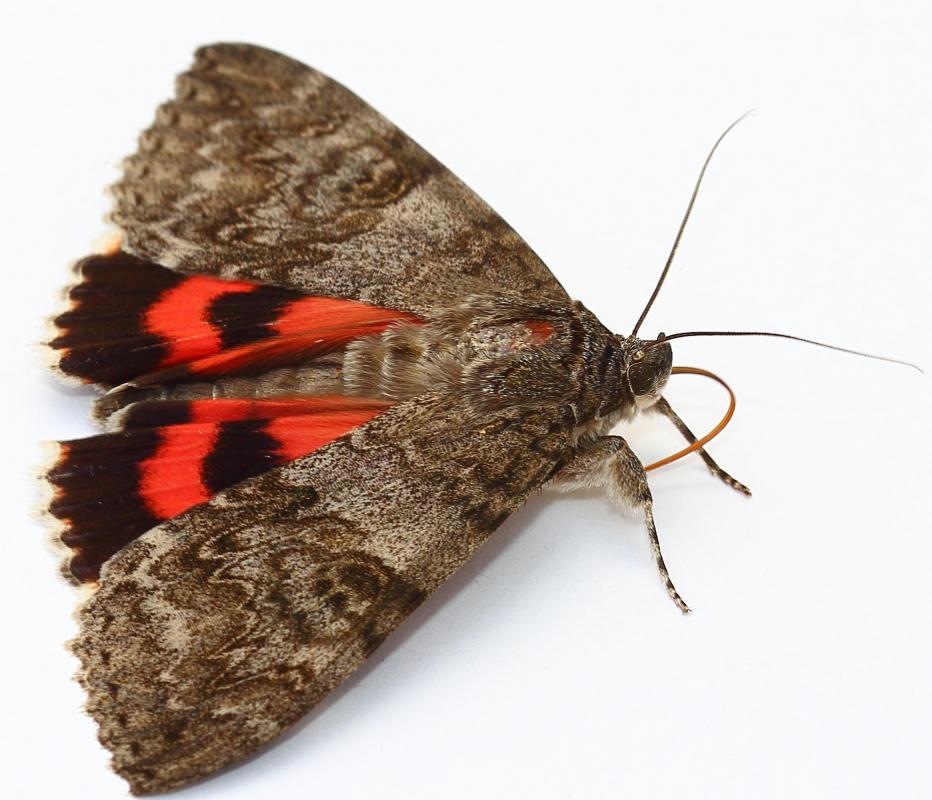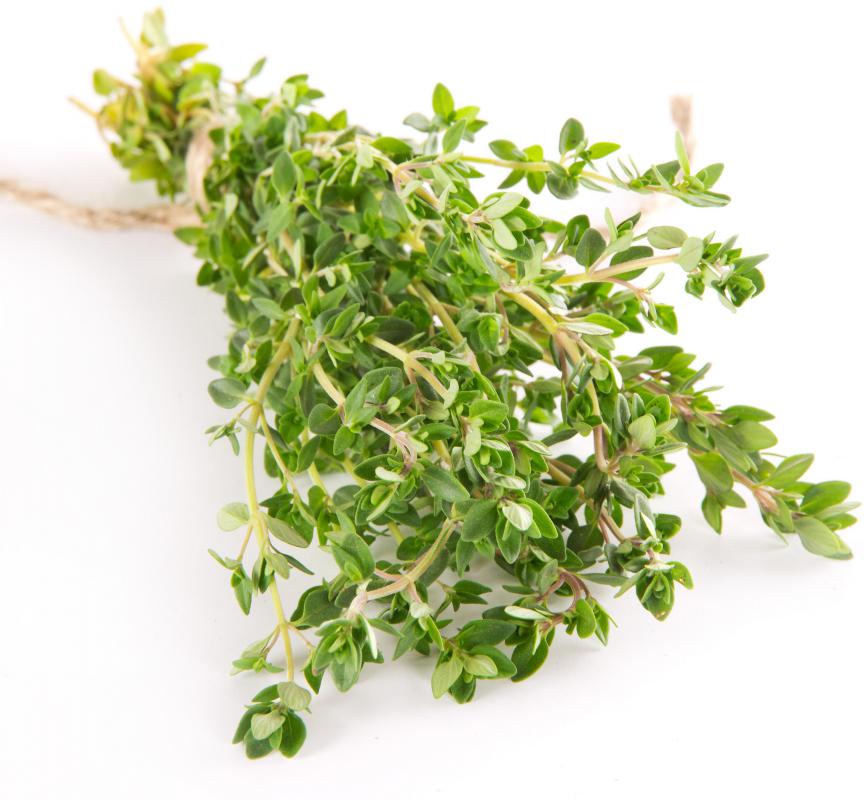At WiseGEEK, we're committed to delivering accurate, trustworthy information. Our expert-authored content is rigorously fact-checked and sourced from credible authorities. Discover how we uphold the highest standards in providing you with reliable knowledge.
How Do I Choose the Best Moth Repellent?
There are several factors that should be considered when choosing the best moth repellent for your needs, such as the type of moth, the items to be protected, and whether or not the home contains children or pets. Moths are well known for causing a great deal of damage to all kinds of items, especially those made out of cloth and other delicate materials. People have experienced problems with moths destroying carpets and rugs. Some repellents are derived from natural sources, though there are man-made chemical repellents available on the market as well. Home improvement experts and store staff can help you determine which moth repellent will be most effective for your needs.
One of the first things to consider when selecting a moth repellent is the type of moth damaging your home or possessions. The most common two types are the pantry moth and the clothing moth. Pantry moths are found in food storage cabinets and pantries, and often infest grain products, such as oats and flours, as well as pet food, dried fruits, and candy. You should choose a moth repellent that will not harm your food but is effective at preventing moths from costing you a great deal of money and time. For this purpose, it is recommended to clean every shelf surface with soap and water, as well as wipe them down with white vinegar before replacing the food products.

The other common type of moth many people find in their homes is the clothing moth. These insects don't limit themselves to just clothing, and they also commonly damage rugs and carpets, blankets, and leather goods. Cedar shavings, closets, and trunks are often used to discourage these insects from damaging cloth goods. You can store your out-of-season or rarely used items in the cedar trunks or closets for optimum protection or place cedar shavings and sachets in your clothing and blanket storage areas.

For homes with pets or children, the use of cedar can create problems, but there is a way to discourage moths through natural and safe means. The use of common, everyday herbs have proven effective for preventing moth infestations. Dried mint, rosemary, thyme, ginseng, and garlic cloves can be combined in a small dish and place the mixture in a small cloth bag and put in the drawers, closets, or cupboards that need protecting. This recipe provides a child and pet safe moth repellent for your home.
AS FEATURED ON:
AS FEATURED ON:















Discuss this Article
Post your comments